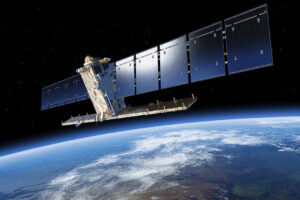THE National Economic and Development Authority (NEDA) said it is considering monitoring crops using satellites for early indications on the direction of inflation.
“Currently, we utilize Philippine Statistics Authority (PSA) data to inform our inflation policy, but in order to enhance our inflation analysis, we need to augment our data sources. This is particularly important in the case of rice, our staple, and amid volatile weather,” NEDA Officer in Charge Assistant Director Rory Jay S.C. Dacumos said in a statement on Tuesday.
NEDA said the Philippine Rice Information System (PRiSM) could be tapped in aid of this effort.
“It was pointed out that PRiSM can provide validated rice field data… every seventh day of the succeeding month, compared to the quarterly PSA data,” NEDA said.
“We have also learned during the lectures and the field demonstration that PRiSM data is reasonably accurate,” raising the possibility of using the system to “enhance our policy recommendations on inflation,” Mr. Dacumos added.
PRiSM uses satellite Synthetic Aperture Radar (SAR) in collecting data on rice.
“The data collected through SAR has up to 95% overall accuracy, vis-a-vis the ground validated data with the help of PRiSM data collectors in the field,” NEDA said.
“When the SAR images are insufficient, PRiSM can process secondary data, such as data collected using drones,” it added.
The Sentinel-1A satellite provides the SAR images used by PRiSM. The next satellite is due for launch this year.
Mr. Dacumos added that while PRiSM currently monitors only rice, it may also be adapted to other crops. — Luisa Maria Jacinta C. Jocson

